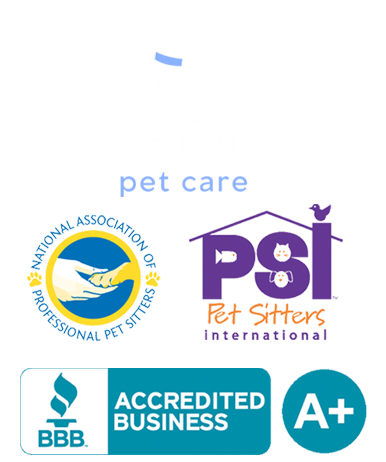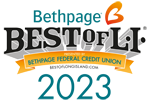Why Grooming Your Dog at Home Matters
Home dog grooming is more than just a budget-friendly alternative to professional grooming. It’s a chance to build trust and strengthen your bond with your pup. Regular grooming helps maintain your dog’s coat, skin, nails, and overall hygiene. Plus, it gives you an opportunity to monitor their health closely, spotting things like lumps, skin irritations, or parasites early. For pet parents in Long Island and surrounding areas, where seasonal weather can affect your pet's coat and skin, consistent grooming can help your dog stay comfortable year-round. With the right tools and a little patience, you can transform grooming time into a calm, enjoyable DIY spa day. In this guide, we’ll walk you through how to groom your dog effectively and safely at home, even if you're just starting out.
Benefits of Home Dog Grooming
Grooming your dog at home comes with plenty of advantages. First, it saves you money. Professional groomers can charge anywhere from $50 to $100 per visit, depending on your dog’s size and coat type. With DIY grooming, your only recurring costs are products and tools. Second, grooming at home is less stressful for many dogs. They're in a familiar environment with you, someone they trust. This can be especially helpful for anxious or senior dogs. Third, regular at-home grooming can prevent health problems. Brushing helps distribute natural oils in the coat, trimming nails prevents joint pain, and cleaning ears avoids infections. Lastly, it creates a routine that builds trust. Dogs respond well to consistency, and grooming can become something they even look forward to over time.
Tools You'll Need to Get Started
Before you start your first grooming session, it's important to gather the right tools. For a basic home dog grooming kit, you’ll need a slicker brush, a metal comb, dog-safe shampoo and conditioner, nail clippers or a grinder, grooming scissors, and towels. Optional but helpful items include a dog-specific hair dryer, ear-cleaning solution, and toothbrush. Each dog has different grooming needs based on their breed and coat type, so you may also need detangling sprays or undercoat rakes. If your dog is small, a sink may work for baths. Larger dogs may need a walk-in shower or portable dog tub. You can find many of these items at pet stores or online. Quality tools last longer and make grooming more effective and comfortable for your dog.
Setting the Stage: Preparing Your Space
A calm and organized space makes grooming smoother. Choose a location in your home that’s well-lit, quiet, and has access to water. Bathrooms are ideal because they usually have tiled floors and a tub. Lay down non-slip mats to prevent your dog from slipping. Gather all tools within arm’s reach before you begin. If your dog is anxious, play soft music and offer treats to create a positive atmosphere. Having a designated grooming table or surface can also help reduce back strain and keep your dog steady. Always use lukewarm water for baths and ensure the room is comfortably warm. A familiar space and soothing routine can help your pup associate grooming with comfort and care. Consistency is key. Groom your dog in the same spot each time when possible.
Brushing: The Foundation of a Healthy Coat
Brushing is the most frequent grooming task and should be done regularly. It removes dirt, prevents matting, and distributes oils that keep your dog's coat shiny. For short-haired dogs, brushing once or twice a week is sufficient. Long-haired breeds may need daily brushing to avoid tangles. Use a slicker brush or grooming glove for smooth coats and a de-matting comb for thicker fur. Start at the neck and work your way down in sections, being gentle around sensitive areas like the belly and tail. Brushing is also a great time to check for fleas, ticks, and skin issues. If you find mats, don’t pull. Use a detangling spray and work slowly from the ends inward. With regular practice, brushing becomes a relaxing routine for both of you. Remember, patience and gentleness go a long way.
Bath Time Basics: Keeping Your Dog Clean
Bathing keeps your dog clean and smelling fresh, but how often depends on their lifestyle and coat type. Dogs who spend a lot of time outdoors or have oily skin may need more frequent baths, while indoor pups with dry skin may only need a wash every 4 to 6 weeks. Use a dog-specific shampoo that matches your pet’s skin type. Human shampoos can strip essential oils and cause irritation. Before you start, brush your dog to remove tangles, then wet them thoroughly using lukewarm water. Lather the shampoo starting at the neck, avoiding eyes and ears, and rinse completely. Follow with conditioner if needed. Dry your dog using towels or a pet-safe dryer on a low setting. Make it a positive experience with treats and praise. For dogs on Long Island, rinsing away sand and salt after beach visits is especially important.
Nail Trimming Without the Drama
Trimming your dog’s nails can be nerve-wracking, especially if you're worried about hitting the quick. But it’s an essential part of DIY dog grooming tips. Overgrown nails can cause pain, posture issues, and even joint damage. Use dog-specific nail clippers or a grinder. Begin by gently handling your dog’s paws to get them comfortable. Clip a little at a time, and stop if you see a black dot in the center of the nail—it means you're close to the quick. If bleeding happens, use styptic powder to stop it. For dogs with dark nails, trim slowly and under good lighting. Nail grinders can offer more control but may require your dog to get used to the vibration and sound. Practice regularly and reward with treats. If you're unsure, Dan’s Pet Care offers nail trimming during walks or in-home visits.
Cleaning Ears and Eyes Safely
Your dog’s ears and eyes need regular cleaning to prevent infections and irritation. Start by examining your dog’s ears weekly. Look for redness, wax buildup, or a foul odor. Use a vet-approved ear cleaning solution and a cotton ball to gently wipe the inside of the ear flap. Never insert anything deep into the ear canal. For the eyes, wipe away tear stains or discharge using a soft, damp cloth. Avoid soaps and harsh cleaners near your dog’s face. Breeds with floppy ears or prominent eyes, like Cocker Spaniels or Pugs, need extra attention in these areas. During allergy season on Long Island, you might notice more buildup. Keeping these areas clean helps your dog stay comfortable and reduces trips to the vet. If you notice swelling, excessive tearing, or foul smells, consult your veterinarian.
Grooming Different Coat Types
Different coat types need different grooming strategies. Short-haired breeds like Boxers are low maintenance. A weekly brush and occasional bath usually suffice. Double-coated breeds like Huskies shed heavily and need regular undercoat raking. Curly-haired dogs such as Poodles need frequent brushing and trimming to prevent matting. Long-haired breeds like Shih Tzus require daily brushing and monthly trims to avoid knots. Know your dog’s breed and coat needs, and tailor your routine accordingly. The right brushes, shampoos, and techniques will save time and discomfort. For mixed breeds, observe which areas mat easily and adjust as needed. Climate plays a role too. In Long Island's humid summers, mats and skin irritation can become more common. Adjust your grooming frequency with the seasons. Understanding your dog’s coat type ensures they look and feel their best all year long.
Dealing with Shedding
Shedding is a natural process but can be managed with the right approach. Regular brushing is the first line of defense. Use de-shedding tools or rakes designed for your dog’s coat type. Bathing with a de-shedding shampoo every few weeks can also help loosen hair. Feed your dog a balanced diet with omega-3 fatty acids to promote skin health. Vacuuming frequently and using furniture covers can help manage fur around the house. Seasonal shedding is common in many breeds, especially during spring and fall. On Long Island, the changing climate can trigger heavier shedding periods. Grooming more often during these times helps keep your dog comfortable and your home cleaner. Don’t forget to check for signs of excessive shedding, which could indicate allergies or skin conditions. In those cases, a visit to the vet is in order.
Dental Hygiene: Brushing Your Dog’s Teeth
Dental health is often overlooked in home dog grooming, but it’s crucial for your pet’s well-being. Plaque buildup can lead to bad breath, gum disease, and even organ damage. Brushing your dog’s teeth at least 2-3 times a week is ideal. Use a dog-specific toothbrush and toothpaste, never human products. Introduce the routine gradually. Start by letting your dog taste the toothpaste, then move on to touching their teeth and gums. Brush in small circles, focusing on the gum line. Dental chews and toys can help between brushings, but they aren’t a substitute for regular brushing. For picky dogs, water additives and oral gels offer alternative care. In Long Island, where Dan’s Pet Care serves many health-conscious pet owners, regular dental care is part of an overall wellness routine. A healthy mouth means a healthier dog.
How to Handle Anxiety During Grooming
Many dogs feel nervous during grooming. To help reduce anxiety, create a calming environment and stick to a predictable routine. Begin each session with a few minutes of petting or play to help your dog relax. Use positive reinforcement throughout—treats, soothing words, and gentle handling go a long way. If your dog is fearful of specific tools, introduce them slowly without using them right away. Let your dog sniff and inspect the tools, then reward their calm behavior. Avoid forcing your dog to endure a long session; break it into smaller tasks over several days if needed. For particularly anxious dogs, consult your vet about calming supplements or behavior techniques. You can also contact Dan’s Pet Care for help with grooming desensitization during training sessions. Helping your dog feel safe will make future grooming days much easier.
Grooming Schedules: How Often Should You Groom?
How often you groom your dog depends on breed, coat type, and lifestyle. Short-haired breeds might only need brushing once a week and baths every month or two. Long-haired dogs or breeds prone to matting need brushing several times a week and monthly trims. Nail trims should be done every 3-4 weeks, while ear and eye cleaning can be weekly. Teeth should be brushed several times a week. In Long Island’s seasonal climate, adjust your schedule for summer shedding or winter skin dryness. Use a calendar or set reminders to stay on track. Dogs thrive on routine, and a consistent grooming schedule keeps their coat, nails, and hygiene in top shape. If you’re juggling a busy schedule, Dan’s Pet Care can assist with in-home services and offer advice on how to groom your dog effectively.
When to Call a Professional Groomer
Even with the best DIY dog grooming tips, there are times when calling a pro is best. If your dog has severe matting, needs a complicated haircut, or gets aggressive during grooming, a professional has the training to handle it safely. Some medical conditions, like skin infections or ear mites, require a groomer with veterinary experience. Puppies and senior dogs may also benefit from occasional professional visits to get used to different environments.
Making Grooming a Bonding Experience
Turning grooming into a bonding experience takes time, but it's worth the effort. Approach each session with patience and positivity. Talk to your dog in a calm voice and take breaks if either of you feels stressed. Use treats and toys to reward cooperation and make the process enjoyable. Keep grooming sessions short in the beginning and gradually extend them as your dog gets more comfortable. Celebrate small victories—like successfully trimming one paw or completing a bath without fuss. For Long Island pet owners, regular grooming helps manage seasonal allergens and keeps your home cleaner. Most importantly, grooming is about more than hygiene. It's about caring for your dog's physical and emotional well-being. With consistency and love, grooming time becomes another way to connect with your furry companion.
Start Your At-Home Spa Journey Today
Grooming your dog at home doesn’t have to be overwhelming. With the right tools, knowledge, and mindset, it can be a relaxing and rewarding experience for both of you. From brushing and bathing to nail trimming and dental care, each step contributes to your dog’s health and happiness. Living in Long Island presents unique grooming needs due to the climate and outdoor lifestyle. That’s why having a reliable grooming routine is essential. And remember, you’re not alone on this journey.
Dan’s Pet Care is here to support you with expert advice, training, and in-home services tailored to your lifestyle. Start your DIY dog grooming routine today and turn it into something you both look forward to. Happy grooming!
.





